Vitamin K2, DNA, and Methylation in Autism and Autism Spectrum Disorder: Vitamin K2 as a Natural Treatment for Autism and Autoimmune Diseases
Vitamin K2 is a nutrient that has the ability to activate a number of different genes both indirectly and directly. Among the genes that can be activated are those that impact the physical characteristics of human cells (known as phenotypes). This is an interesting little function that’s unique to vitamin K2 as a nutrient with power over how our genes are expressed. It has the ability to turn on or turn off certain genes.Additionally, vitamin K2 can activate genes that impact molecules that are involved with cellular signaling, either directly or indirectly. This is an important fact that’s relevant treating autism naturally because signaling molecules play a role in the Cell Danger Response by Dr. Naviaux who has used Suramin to temporarily get rid of autism symptoms. His use of Suramin for autism, to quell The Cell Danger Response is part of a model of autism that we can use to understand this disease with greater clarity beyond just what conventional medicine proclaims to be true.

Click here to schedule a health coaching session with us.
Autism is a childhood disease that seems to be triggered, at least in some children, by vaccines or exposure to toxins like organophosphates at an early age or even in utero. Some experts, like Dr. Naviaux have theorized that an infection or toxin exposure can cause cells in the body to go into a semi- or total state of dormancy that he refers to as the Cell Danger Response. When some of the cells go into this state of dormancy, the patient feels a lot of inexplicable fatigue, muscle pain, inability to concentrate, inability to rest, and also an inability to feel totally awake. These feelings might be compared to extreme jet lag. Partial shut-down of some of the cells in the body can lead to symptoms that vary depending on which cells have gone into the state of dormancy and how many of them are in this state of dormancy. Total shut-down of these cells looks like something known as Resignation Syndrome, a comatose state that happens when a person is severely threatened either emotionally or physically. When I worked in long-term care facilities, I often watched patients die as a result of Resignation Syndrome, though no one had a name for this health problem back then. Certain patients who were totally fine one day would suddenly refuse to eat, refuse to socialize, and some of them would even lose body parts like toes as a result of what appeared to be a hunger strike. But these patients had not set their will against eating or against life. Rather, they had gone into a state of Resignation Syndrome where they weren’t fully conscious or alive anymore in order to survive the trauma of being isolated in a long-term care facility. Click here to read more about Dr. Naviaux’s work with Suramin as a cure for autism and his theories regarding resignation syndrome.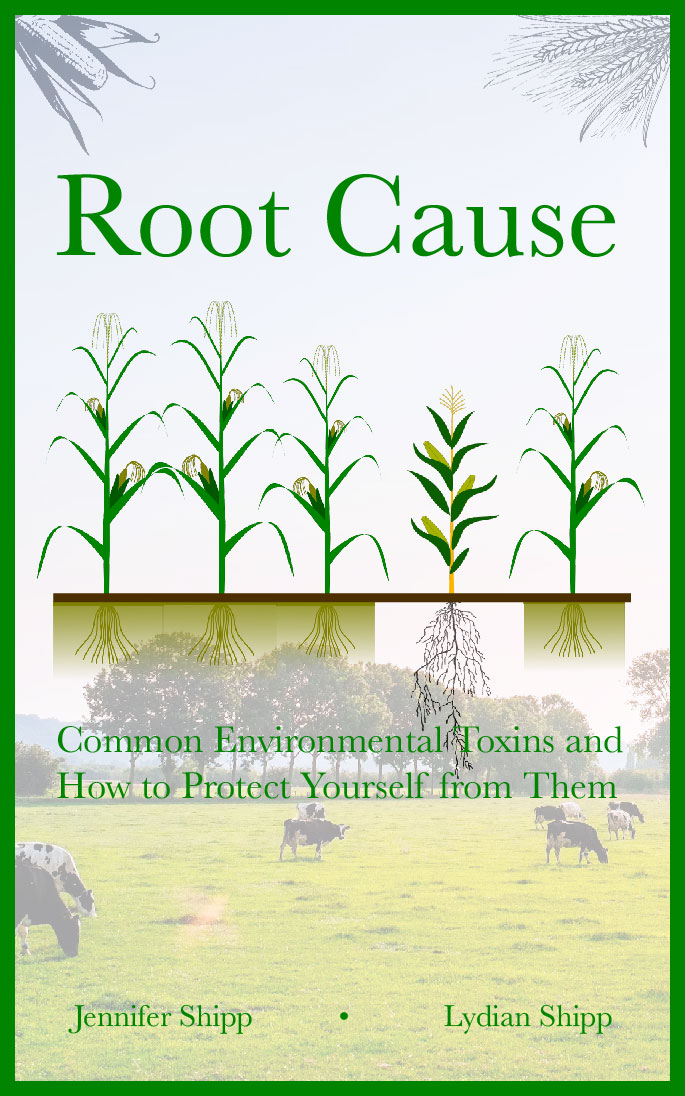
Root Cause: Common Environmental Toxins and How to Protect Yourself From Them - BUY HERE!
Chlorine Dioxide Solution is a substance that has been used by parents to cure autism naturally at home. It works by doing one or more of the following things:- It releases reactive oxygen species that:
- Kill pathogens that are overwhelming the patient’s cells, causing their immune system to go into a Cell Danger Response state.
- Binds to heavy metals that might be triggering a Cell Danger Response to remove the heavy metals from the body.
- Act as cell signaling molecules to “wake” cells that are in a dormant state, and encourage those cells to re-open to the outside environment. This explains why many autoimmune disease sufferers and autism sufferers experience a positive boost of energy after they begin dosing with chlorine dioxide solution.
Vitamin K2 as the Menaquinone-7 / MK-7 form causes human cells to release the exact same reactive oxygen species (the superoxide anion) that’s released when a person takes chlorine dioxide solution, though the release of this superoxide anion doesn’t happen for 2 to 3 days after the person takes a dose of vitamin K2. (NOTE: The Menaquinone-4 / MK-4 form is synthetic and inferior to the MK-7 form) In contrast, when a person takes chlorine dioxide solution, the superoxide anion is released by the chlorine dioxide solution itself immediately. Nonetheless, it can be helpful to note that both of these substances (vitamin K2 and chlorine dioxide solution) produce the superoxide anion because this reactive oxygen species has powerful effects on autism and autism spectrum disorders via cellular signaling mechanisms. It works by killing pathogens, removing toxins from the body, and it acts as a signaling molecule in cellular communication.
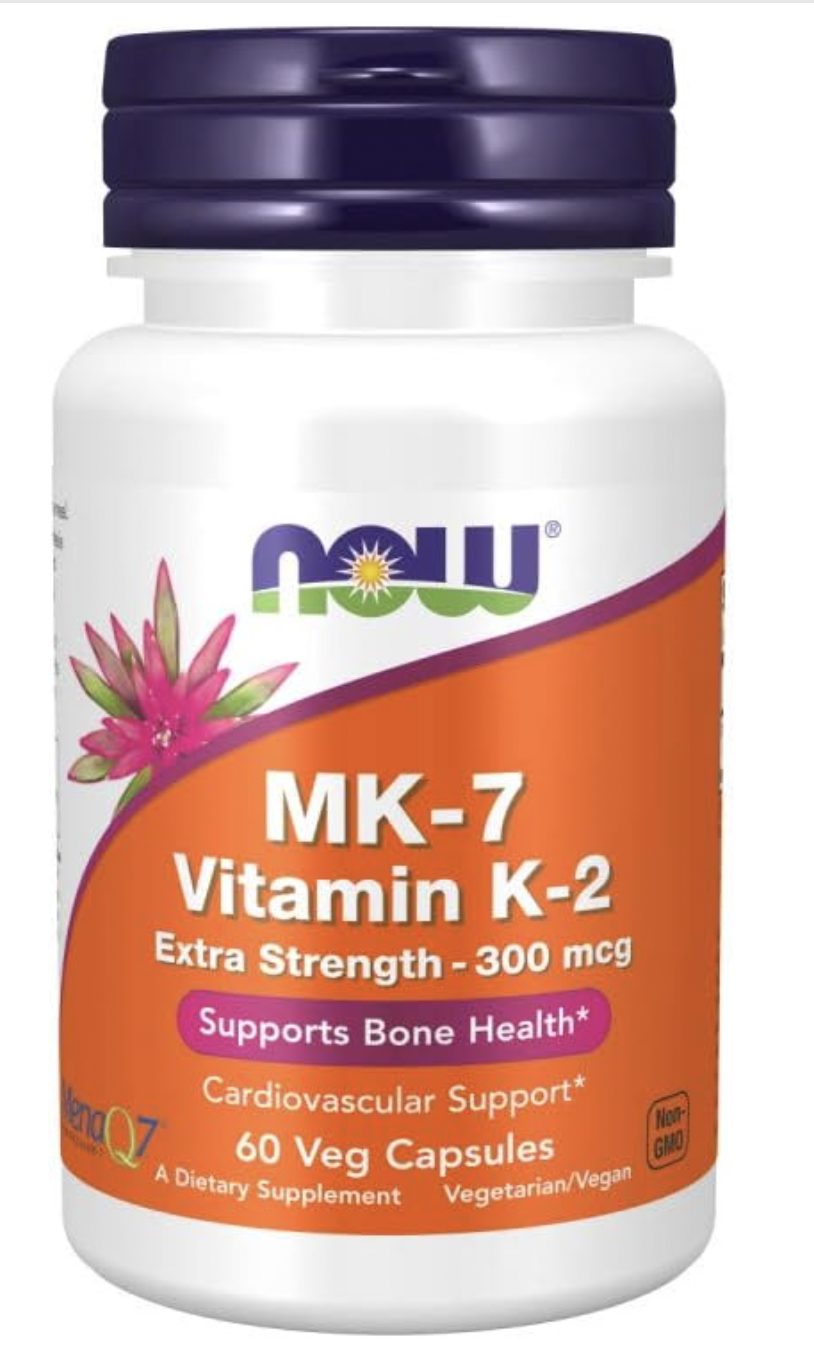
Click here to buy vitamin K2 / MK-7.
Shortly after the superoxide anion is released as a result of taking vitamin K2, human cells then release Cytochrome C, the main photoreceptor in human cells that regulate circadian rhythms, a topic we expand on in greater depth at this link.
So vitamin K2 causes the release of superoxide anions that can act as cellular messengers that revive dormant cells and bring them back to a wakeful state. And vitamin K2 initiates this superoxide anion release which then triggers the release of Cytochrome C, a substance inside our human cells that interacts in healthy ways with natural sunlight.
Vitamin K2 can activate certain genes either directly or indirectly. Enzymes that recycle vitamin K2 exist in various human tissues. A subset of these enzymes have been shown to be present in higher quantities in brain tissues, which has inspired scientists to look more closely at how vitamin K2 works on the brain. Studies have shown that vitamin K2 exerts a protective effect on brain cells. In patients with Parkinson’s disease, the MK-4 form of vitamin K2 was able to improve energy production in brain cells while rescuing PINK-1 mutations (NOTE: MK-4 is a synthetic form of vitamin K2, but the fact that it is valuable in the treatment of Parkinson’s disease suggest that natural MK-7 vitamin K2 would be more effective as a treatment for this condition).
Recently, research has identified a neural protective mechanism of action of vitamin K2 via the P38 MAP kinase pathway. And also, a number of vitamin K2 analogues play an important role in neuronal differentiation. Patients with multiple sclerosis tend to have vitamin K2 deficiency, and further, vitamin K2 deficiency has been correlated with neurological spasms and optic nerve lesions.
But now that we’ve noted some of the important pharmacokinetic effects and the neurological relevance of vitamin K2 in terms of health and disease, let’s address the idea of methylation.
Autism and Methylation
Methylation is a function in the body that regulates the reproductive system, the cardiovascular system, the nervous system, and our body’s detoxification efforts. Methylation and demethylation is essentially just the transfer of methyl groups to form compounds in the body that are bioactive. Bioactivity is the main function of methylation. When a compound is methylated, it becomes bioactive. Methyl groups consist of just 1 carbon atom and 3 surrounding hydrogen atoms and they are added to (or subtracted from) various compounds in the body to make them more bioactive. Some of the substances and structures in the body that are affected by methyl groups include:- Proteins
- Amino Acids
- Hormones
- Enzymes
- Vitamins
- Neurotransmitters
- Red Blood Cells
- DNA
- RNA
- Antioxidants
The methylation of DNA involves the attachment of methyl groups to specific segments of the DNA to tell the body which genes ought to be switched on or switched off. So again, remember from our discussion above that vitamin K2 and methyl groups both operate to switch genes on and off in the body.
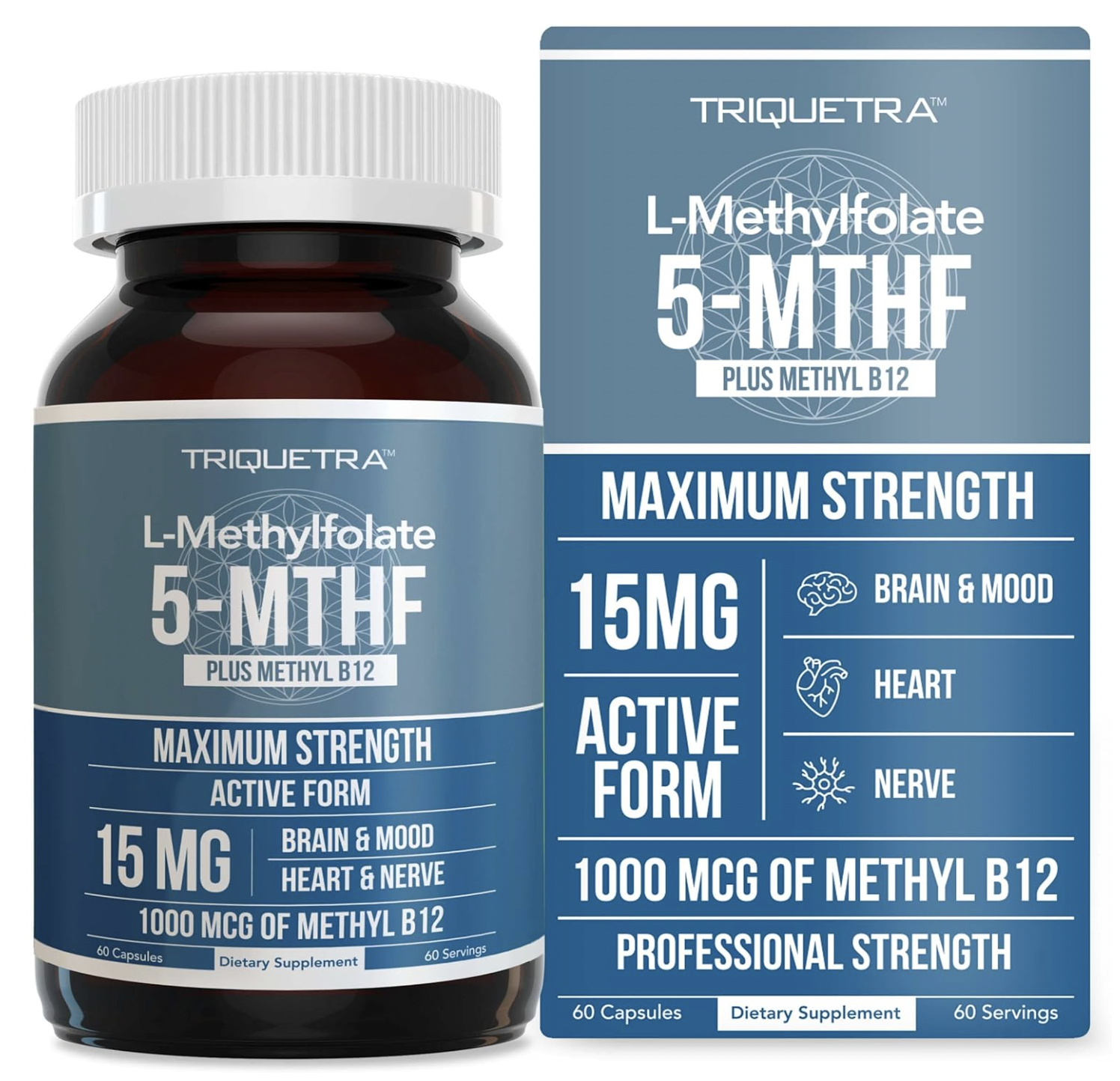
Click here to buy high-dose methylfolate.
Also note that studies have shown that chronic, low-level organophosphate exposure can cause DNA methylation changes that are observable in the blood and saliva of human beings. And as a corollary to this fact, I also need to point out that vitamin K2 plays a protective role in the body against the buildup of organophosphates in bone tissues. If organophosphates disrupt the methylation of DNA in a manner that impacts human health in a negative way, it would be ideal to limit exposure to organophosphates in children and during pregnancy. Or if it isn’t possible to limit exposure, the next best thing would be to protect the body from the negative effects of organophosphate exposure. A slow, chronic, low-level exposure to organophosphates (as opposed to receiving a massive dose of organophosphates) would be almost unnoticeable in terms of health effects if organophosphates did not buildup in bone tissues and it seems, based on our research, that vitamin K2 may be protect from bioaccumulation of organophosphates.Also note that a number of vaccines contain toxic organic phosphates that make the body more vulnerable to phosphate exposures (including to organophosphate as well as phosphate food additives). Thus, it appears as though we’re circling around a set of molecules that have relevance in regard to a potential natural cure for autism (or at least a piece of the autism puzzle that should be carefully considered):
- Methyl groups
- Phosphates
- Vitamin K2 and quinones
DNA methylation is clearly impacted by vitamin D based on scientific research and several experts are exploring how diseases like autism develop through the interaction between vitamin D and DNA, but many scientists who are very familiar with vitamin D are not aware that vitamin K2 even exists. Despite their intense scientific inquiry and focus on vitamin D3, these scientists seem blissfully unaware of the fact that, without vitamin K2, calcium in the diet ends up being deposited in soft tissues as opposed to bones and teeth.
Click here to read more about the harmful effects of vitamin D supplementation when adequate levels of vitamin K2 are not present in the diet.
It’s hard to believe that this kind of disconnect exists among scientists who are supposed to be doing cutting edge work, but the fact is, scientists only get paid to study certain topics. Funding is only available to promote the research interests of Big Pharma. So studies into unpopular topics like vitamin K2 as a nutrient for autism treatment are often self-funded by independent or private entities or they’re funded by Big Pharma to create skewed and biased research results that support the use of toxic pharmaceuticals rather than natural substances that actually cure disease. While vitamin D is a popular and very fundable research topic due to the fact that it actually can make things like iodine deficiency and soft tissue calcification worse (which also promotes bone deterioration), vitamin K2 is hidden and less likely to receive funding from Big Pharma foundations. In fact, many of the articles about vitamin K2 are “retracted” for various reasons, particularly the ones that point to vitamin K2 as a cure for cancer or other serious diseases. So the intimate relationship between vitamin D and vitamin K2 in terms of DNA methylation remains obscured in the scientific literature.
However, there are, of course, reasons to believe that pineal gland calcification may play a role in autism and autism spectrum disorders (ASD). Pineal gland calcification can cause a sort of chronic jet lag that can explain not only daytime behavioral issues in autism sufferers but also nighttime autism insomnia. Read more about pineal gland calcification here. So there are compelling reasons to look closely at vitamin K2 as a nutrient deficiency that plays a role in autism and ASD.
 Click here to subscribe to the Living Database!
Click here to subscribe to the Living Database!
Vitamin K2 and Methylation Problems in Autistic Kids
Vitamin K2 contains quinones with prenyl side chains from isopentenyl diphosphates formed by the 2-C-methyl-D-erythritol-4-phosphate pathway. Vitamin K2’s methyl groups come from SAM-e. These are super-technical terms, but the important takeaway here is the fact that vitamin K2 is manufactured through the basic shikimate pathway which has been described as a “metabolic tree with many branches”. The Shikimate Pathway is a metabolic pathway that is used for the biosynthesis of folates (vitamin B9) and the aromatic amino acids which include tyrosine, phenylalanine, and tryptophan as well as vitamin K2, glutathione, ubiquinone, cysteine, phosphatidylcholine, and more.There are seven enzymes that are involved in the Shikimate Pathway. These enzymes include:
- DAHP synthase
- 3-dehydroquinate synthase
- 3-dehydroquinate dehydratase
- Shikimate dehydrogenase
- Shikimate kinase
- EPSP synthase
- Chorismate synthase.
- Phosphoenol pyruvate
- Erythrose-4-phosphate
Note that both of the above substrates contain phosphorus or inorganic phosphates.
The shikimate pathway ends with Chorismate which is a substrate for the three aromatic amino acids that can then be converted into neurotransmitters like dopamine, norepinephrine / noradrenaline, epinephrine / adrenaline, or serotonin. These neurotransmitters are absolutely essential in the normal functioning of the autonomic nervous system, the part of the nervous system that is regarded as a mind-body interface:
- Tyrosine
- Phenylalanine
- Tryptophan
Click here to learn more about the role of the autonomic nervous system in holding onto or releasing trauma. Autism is a disease is likely caused or exacerbated by some form of “trauma”. Click here to learn about how to use light therapies and other energies to heal the autonomic nervous system. Click here to read more about the use of psilocybin to treat ASD birth trauma and other forms of trauma that can cause symptoms of autism.
Methylation Disturbances in Autism and Autism Spectrum Disorder
In autism and autism spectrum disorder, disturbances in the expression of genes have been noted and they include the following:- Genes encoding the oxytocin receptor.
- Genes encoding RELN.
- Genes encoding SHANK3.

Click here to buy Lugol's iodine 2% and support our outside vendors.
Studies have shown that hypomethylation of the whole DNA sequence is found in the brain and blood cells of patients with autism. Scientists who are working intensively with this material note that certain environmental factors particularly impact autism risk. These environmental factors include:
- Vitamin D levels
- Folate levels
- Toxic exposures
- Bisphenol A (BPA)
- Sodium valproate exposure during pregnancy
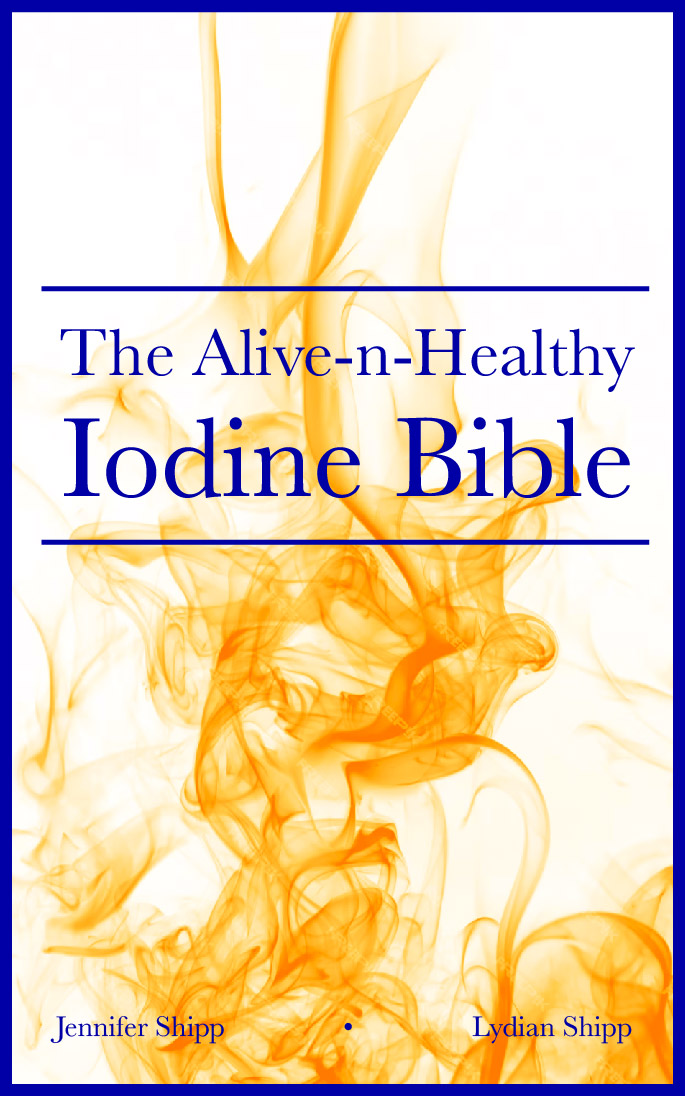
The AlivenHealthy Iodine Bible - Everything you need to know to get started taking iodine and more!
Sodium valproate exposure during pregnancy has been used by some scientists to study the development of autism. After a child with autism is born, the use of specific probiotics and prebiotics can alleviate certain symptoms ASD which points again to the idea that the vitamin K2-producing gut flora in autistic children may have been killed by toxic exposure to something like RoundUp / glyphosate, BPA, or sodium valproate. Given that vitamin K2 is produced naturally in the human body as long as the proper bacterial flora are present, this fact is another noteworthy bit of information that further supports the idea that vitamin K2 deficiency plays a role in the development of autism. Read more about the use of vitamin K2 to decalcify the pineal gland in children with autism here.
Resources:

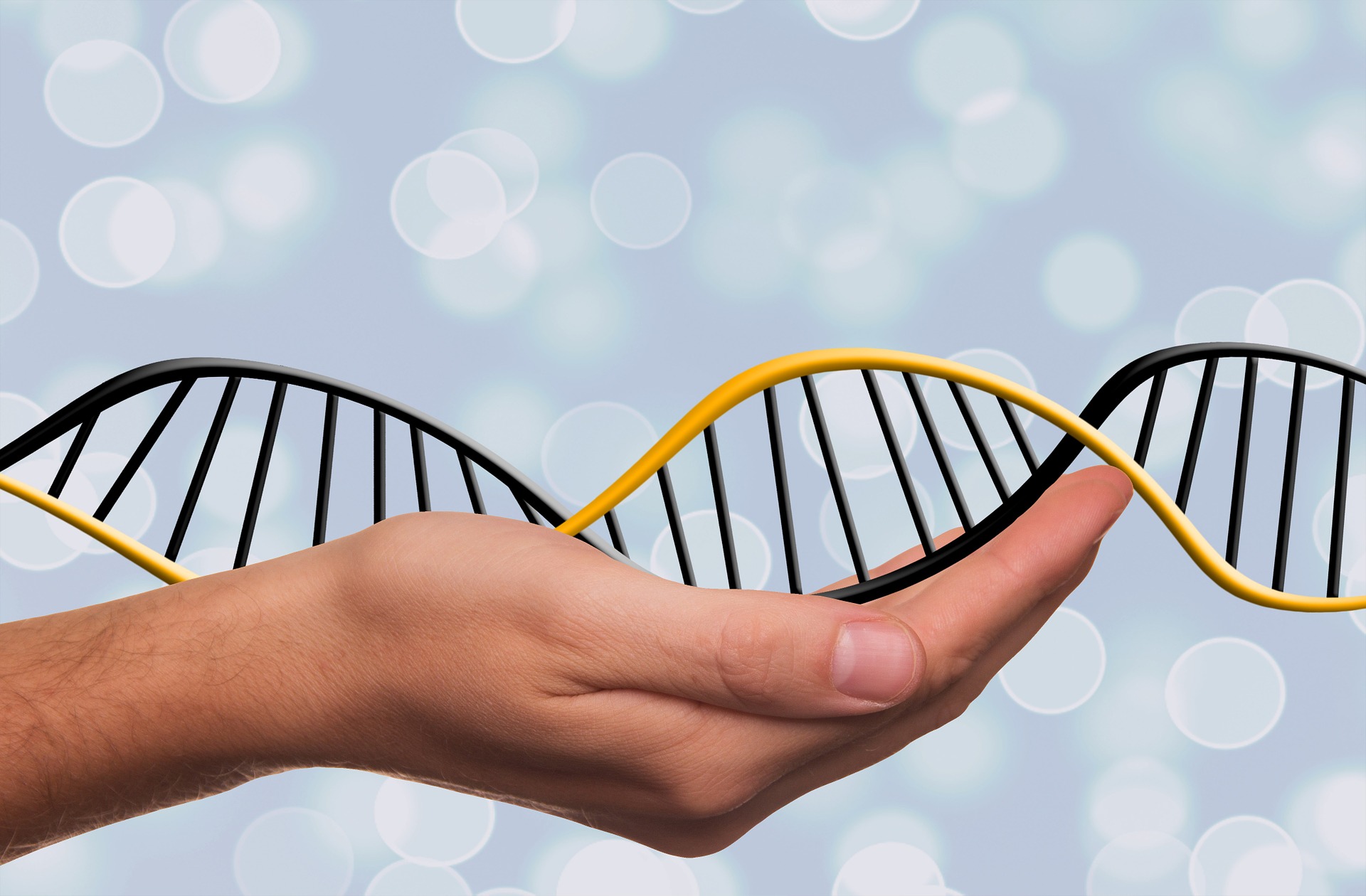 Autism and methylation issues is a hot topic right now. The fact that vitamin K2 is a part of the methylation puzzle is worth considering.
Autism and methylation issues is a hot topic right now. The fact that vitamin K2 is a part of the methylation puzzle is worth considering. The Origami of Autism: Transforming 2-Dimensional Thinking about ASD into 3-Dimensional Solutions - BUY HERE!
The Origami of Autism: Transforming 2-Dimensional Thinking about ASD into 3-Dimensional Solutions - BUY HERE!










